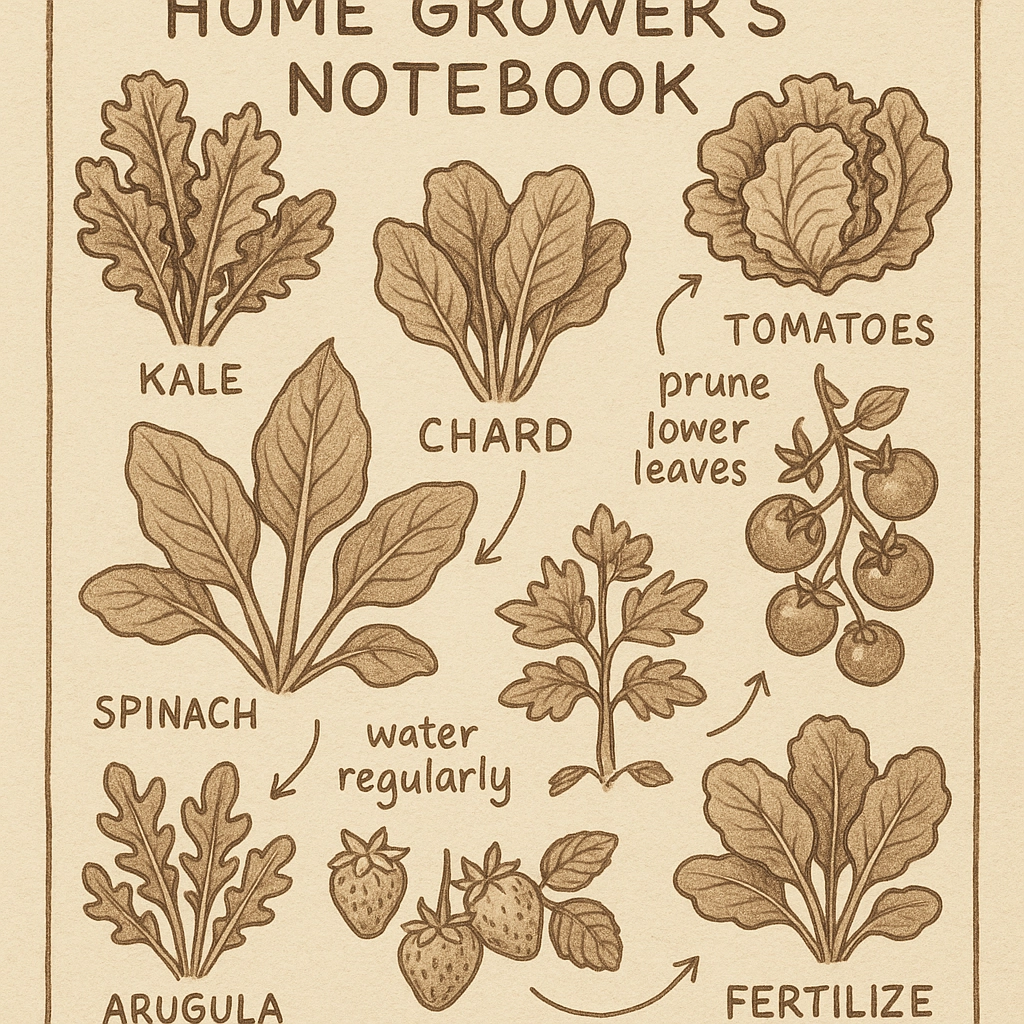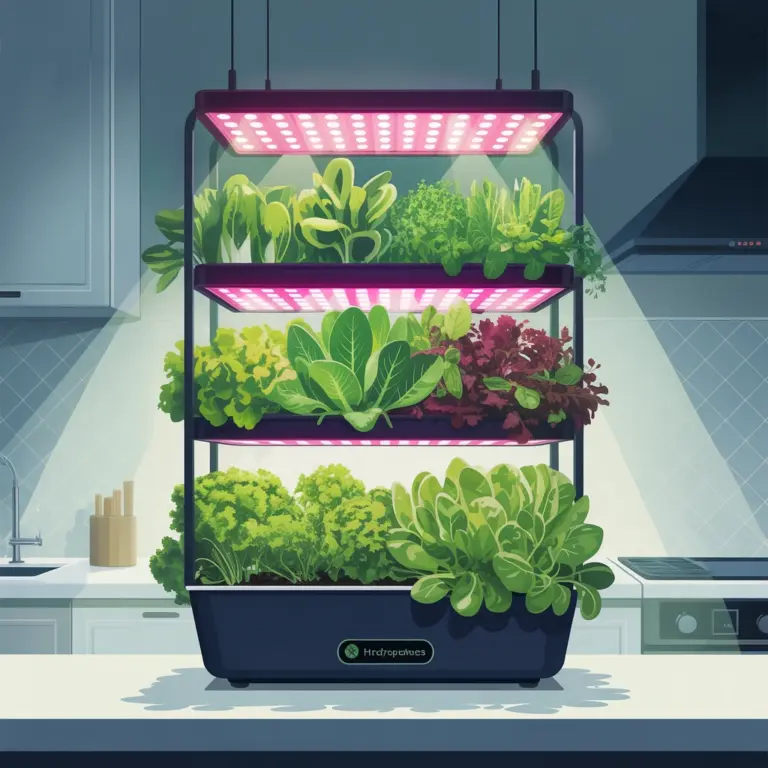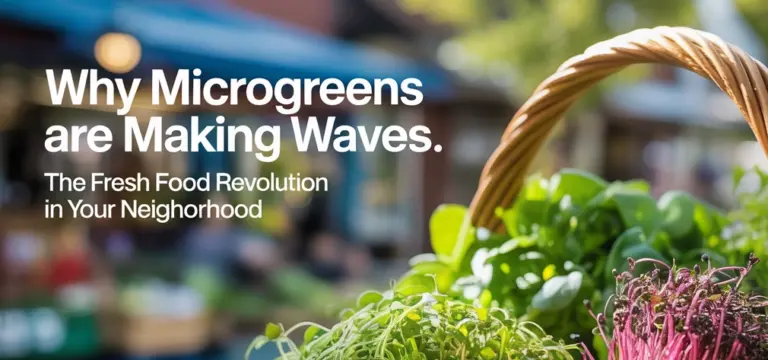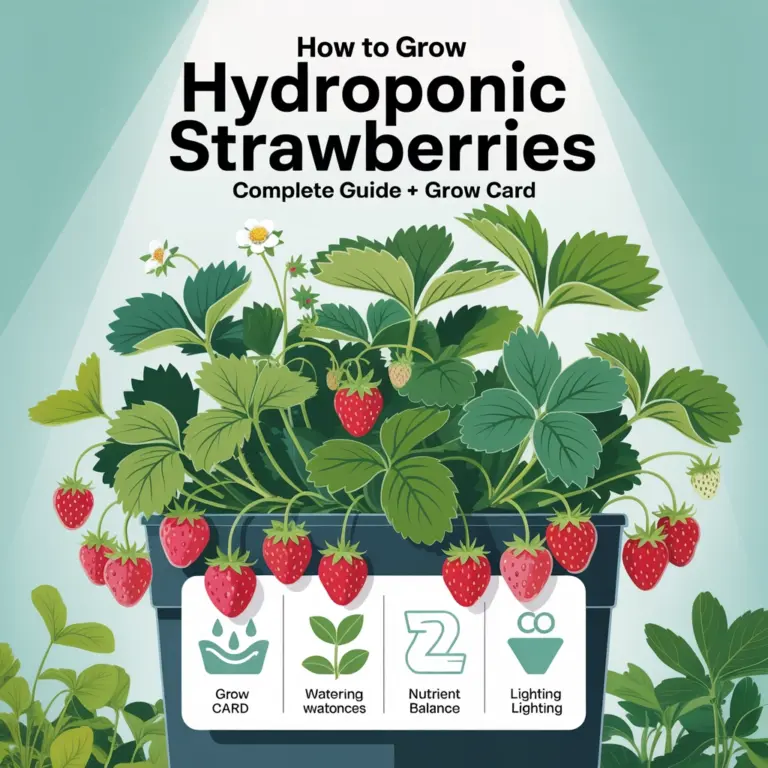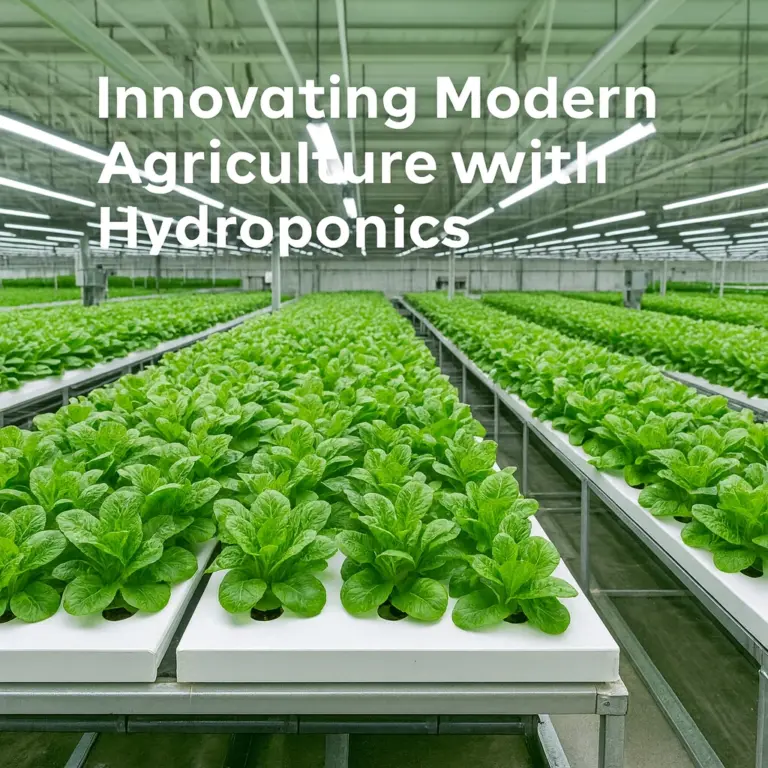From Leafy Greens to Strawberries: Expanding Your Indoor Harvest with Custom Nutrient Mixes
Indoor hydroponic gardening doesn’t need to stop at fast-growing lettuce or easy basil. With the right approach to custom nutrient mixes, growers can branch out into a rewarding world of crops—think juicy strawberries, fragrant herbs, and even tomatoes. The secret? It’s all about dialing in nutrients to meet the unique needs of each plant. Ready to upgrade from mixed greens to garden superstar? Let’s break it down.
Why Go Beyond the Basic Mix?
Most leafy greens love a simple, nitrogen-rich mix. But what about plants that fruit, like strawberries, or those with special flavor profiles? A “one-size-fits-all” nutrient solution usually leaves some crops underfed and others overwhelmed. Customizing each mix means healthier plants, bigger harvests, and way less waste.
What Different Plants Really Need
Each plant family has its own preferences for nitrogen (N), phosphorus (P), and potassium (K), along with a handful of vital micronutrients. Here’s how some of the most popular hydroponic choices stack up:
| Crop | Best N-P-K Ratio | Notes |
|---|---|---|
| Leafy Greens | 8-15-36 or 10-10-10 | High nitrogen for lush leaves, extra magnesium helps. |
| Herbs | 4-18-38 | Basil likes more nitrogen, mint is less picky. |
| Strawberries | 5-11-31 or 10-10-20 | Needs more potassium and calcium. Avoid excess N. |
| Tomatoes | 6-24-24 during fruiting | Extra phosphorus/potassium as fruit sets. |
Tip: Start with general-purpose mixes, then tweak based on plant response.
The Building Blocks: Starter Recipes
Let’s start with a broad-spectrum formula you can adapt:
Basic Hydroponic Mix (per gallon of water):
- 2.4 grams MasterBlend 4-18-38
- 2.4 grams Calcium Nitrate
- 1.2 grams Epsom Salt
Mix each ingredient in separately, dissolving fully before adding the next. This covers most greens and many herbs.
For Strawberries (per gallon):
- 2 grams general hydroponic fertilizer or homemade equivalent with higher potassium
- 1.5 grams Calcium Nitrate
- 1 gram Epsom Salt
Always test the total dissolved solids (TDS) or parts per million (ppm) to keep things balanced:
- Leafy Greens: 100–150 ppm
- Strawberries: 200–350 ppm, but dial it back in early growth
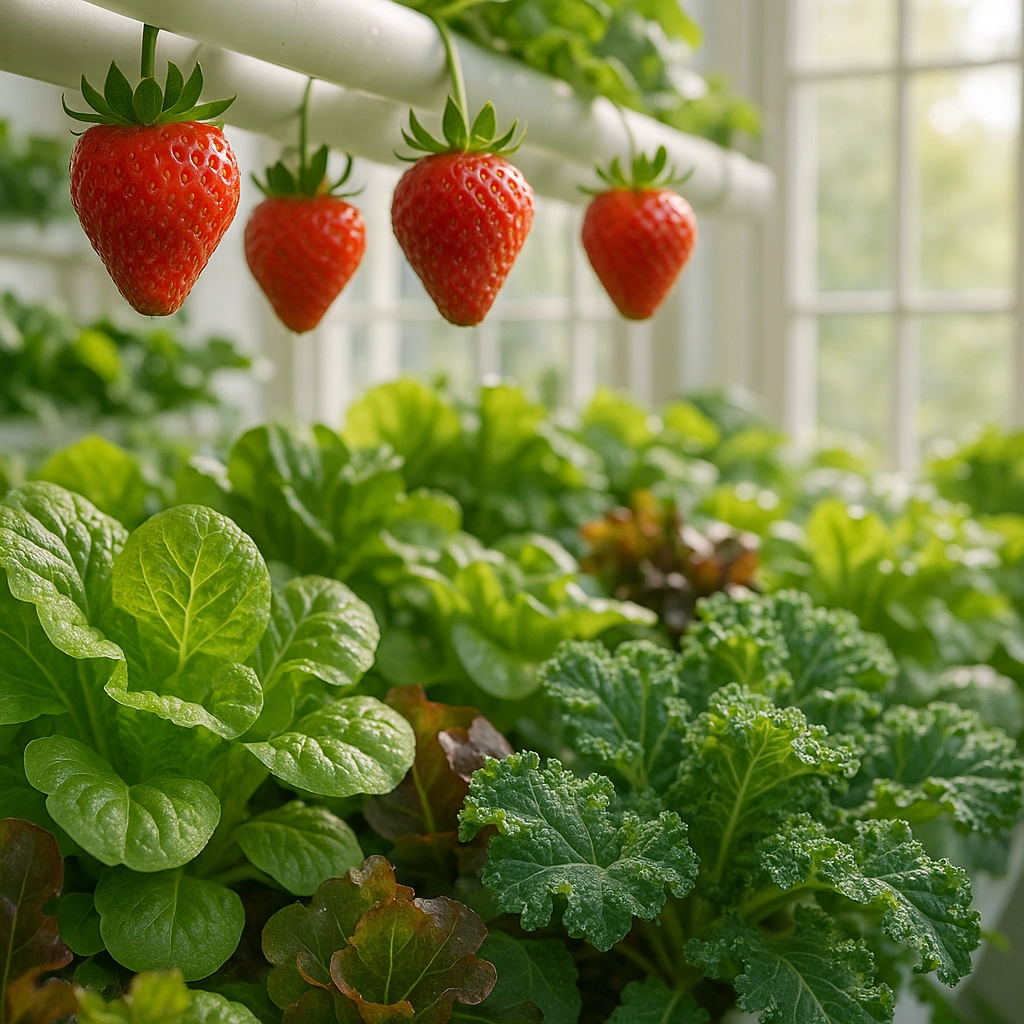
Going Custom: Adjusting for Growth Stages
Not only do different plants need different nutrients, but each plant needs something different across its lifecycle. Here’s a quick roadmap:
Seedling Stage
- All crops: Low-strength mix. Too much fertilizer = stunted or burnt roots.
- Use half-strength of your standard mix.
Vegetative Growth
- Leafy greens and herbs: Higher nitrogen. Grow lush leaves.
- Strawberries and tomatoes: Gradually bump up potassium and calcium for stronger stems.
Flowering & Fruiting
- Leafy greens: Continues the same.
- Tomatoes & strawberries: Shift to much higher potassium, moderate phosphorus, and reduce nitrogen. This keeps the energy focused on fruit, not green growth.
Remember: Too much nitrogen in strawberries during fruiting gives you runners and leaves, not berries!
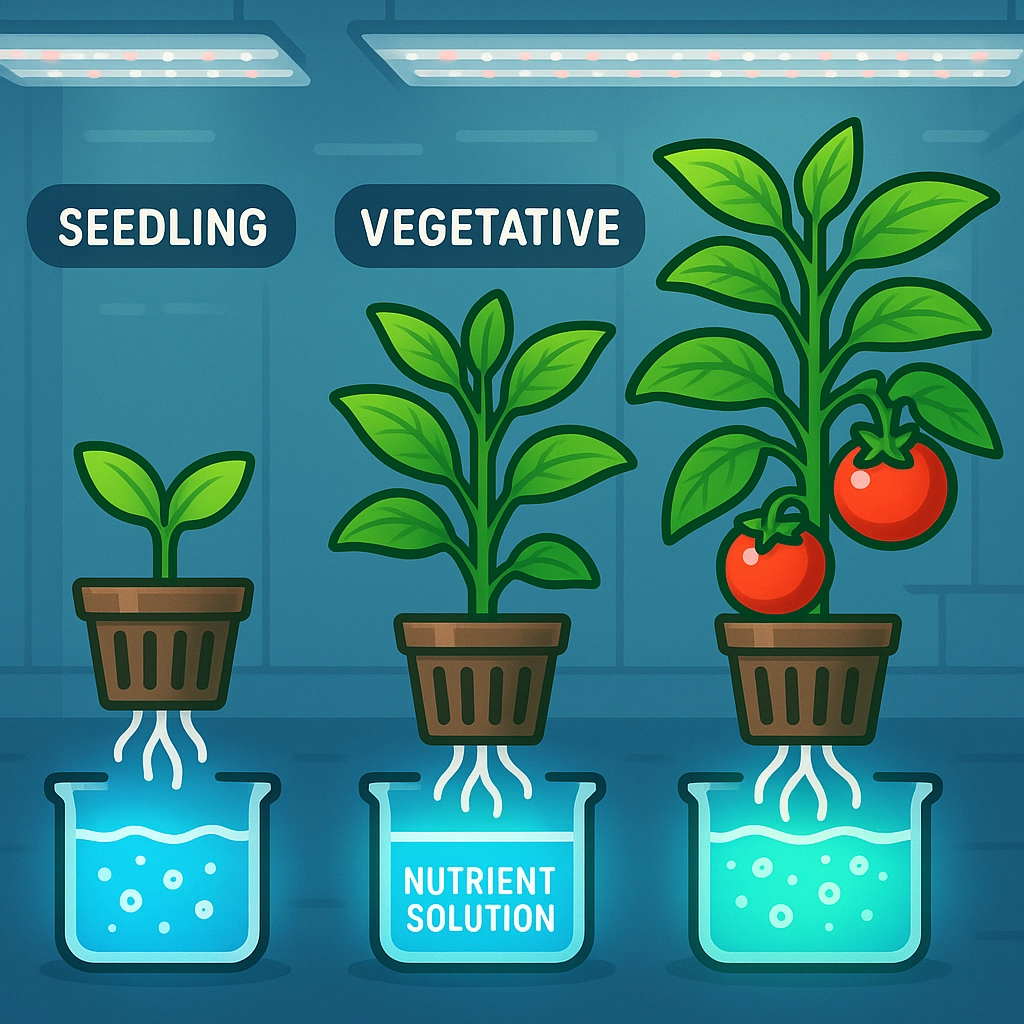
Micro-Management: Fine-Tuning with Micros and Additives
Beyond the big three (N-P-K), plants can’t thrive without trace minerals—magnesium, iron, calcium, manganese, boron, and more. Many hydroponic formulas cover these, but custom blends can need a nudge.
- Magnesium (Epsom salt) = crucial for leafy greens and chlorophyll production.
- Calcium (calcium nitrate or calcium chloride) = vital for fruit development, preventing blossom end rot in tomatoes and strawberries.
Want to experiment? Try adding:
- Organic kelp extract (trace minerals and root growth boost)
- Humic/fulvic acid (better nutrient uptake)
- Compost tea (microbes, if you’re growing semi-organically)
Always test a small batch—some additives can throw off your pH or make solutions cloudy.
Monitoring pH and PPM: The Keys to Success
A great nutrient mix goes to waste if your pH is off. Here’s the sweet spot:
- Leafy greens & herbs: pH 5.8–6.2
- Strawberries & tomatoes: pH 5.8–6.4
Use a digital meter to check both pH and TDS/EC every time you mix up a batch. Adjust with pH Up/Down as needed; never guess.
Pro tip: Small changes go a long way. It’s easier to adjust gradually than to fix a major imbalance.
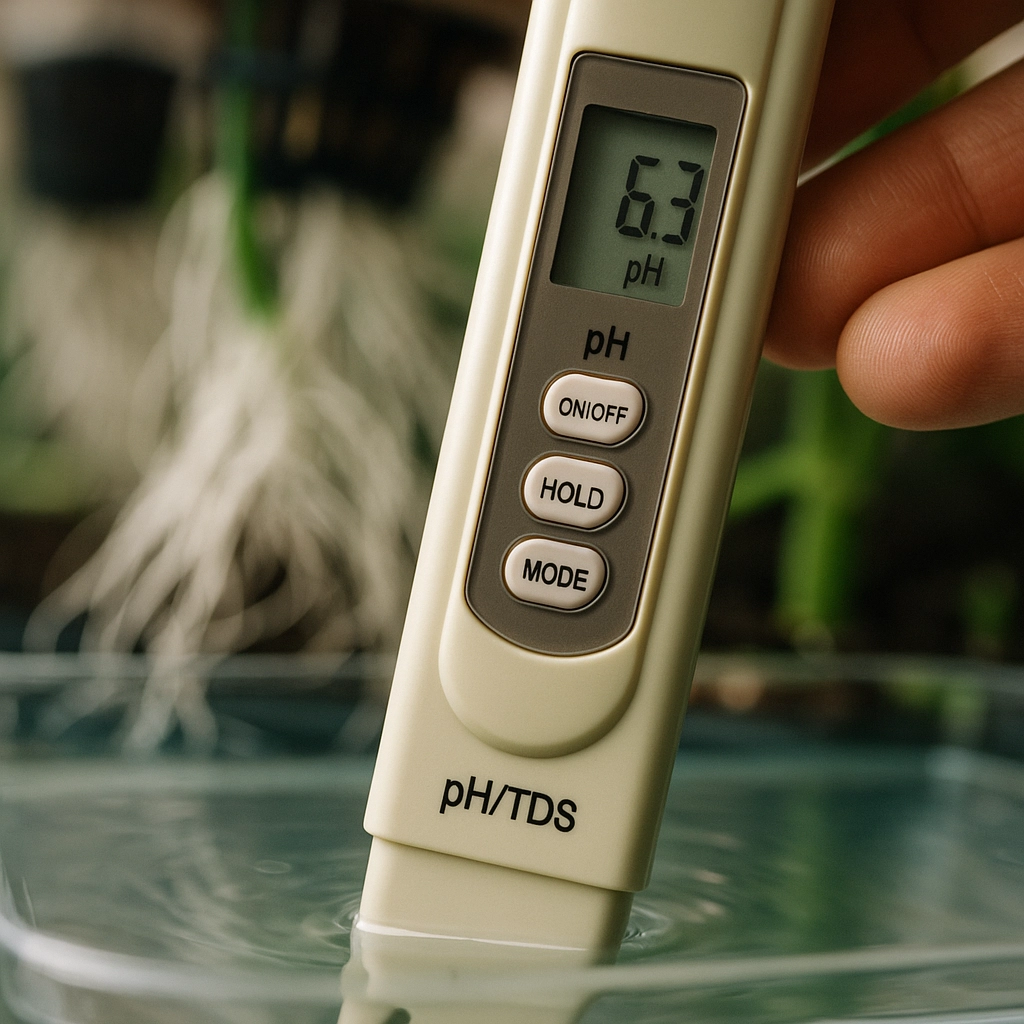
Growing Multiple Crops at Once
The real fun starts when you mix and match—lettuce here, strawberries there, maybe a dwarf tomato in the corner. That’s where dedicated zones and staggered mixing shine.
- Group plants with similar needs together.
- Use separate reservoirs for fruiting crops and greens whenever possible.
- If you’re short on space, swap nutrient solutions and clean reservoirs between crops.
Who says you can’t have mint, basil, kale, and strawberries all under the same roof?
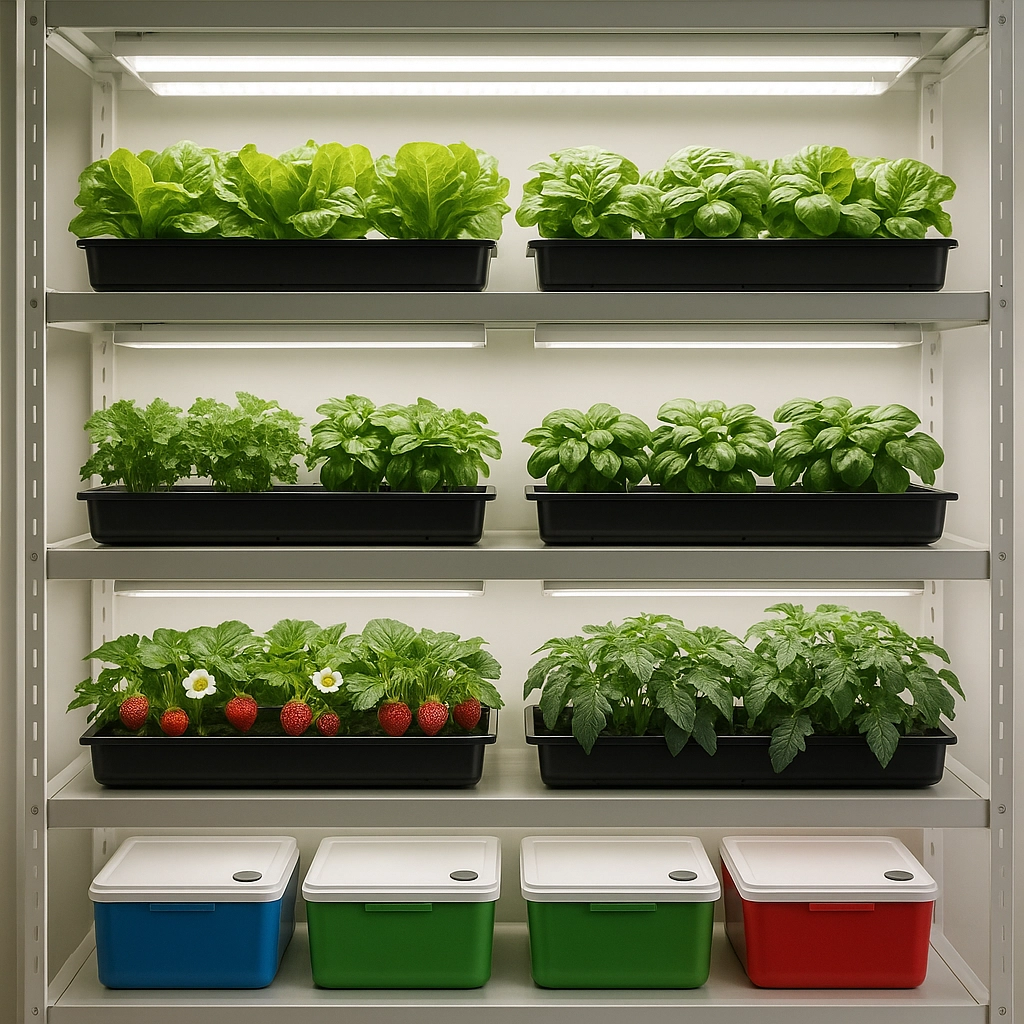
Troubleshooting: Tweaking on the Fly
Watch for signals:
- Yellowing leaves: Too little nitrogen or iron.
- Browning leaf edges: Too much nutrient or salt buildup.
- Slow or spindly growth: Could be a sign to bump up potassium or check for root problems.
- No flowers or fruit on strawberries/tomatoes: Not enough potassium; too much nitrogen.
Adjust 20% at a time. Always keep a grower’s log with notes—what worked, what didn’t, and which formulas delivered the best harvest.
Final Tips for Expanding Your Harvest
- Start small. Tweak mixes for just one new crop, then scale up.
- Clean and flush your hydroponic system before switching recipes.
- Observe and respond—your plants will tell you what they need faster than any chart.
- Enjoy experimenting! There are endless ways to personalize your harvest.
Expanding your indoor garden from leafy greens to berries and beyond is more than possible—it’s downright rewarding. Custom nutrient mixes are your secret weapon for epic harvests, healthier plants, and more homegrown flavor on your plate.
Want more easy tips, troubleshooting advice, or inspiration to take your indoor harvests further? Sign up for the Titan Hydroponics newsletter! Get new ideas, exclusive deals, and simple, practical hydroponic know-how straight to your inbox. Let’s grow and experiment together!
